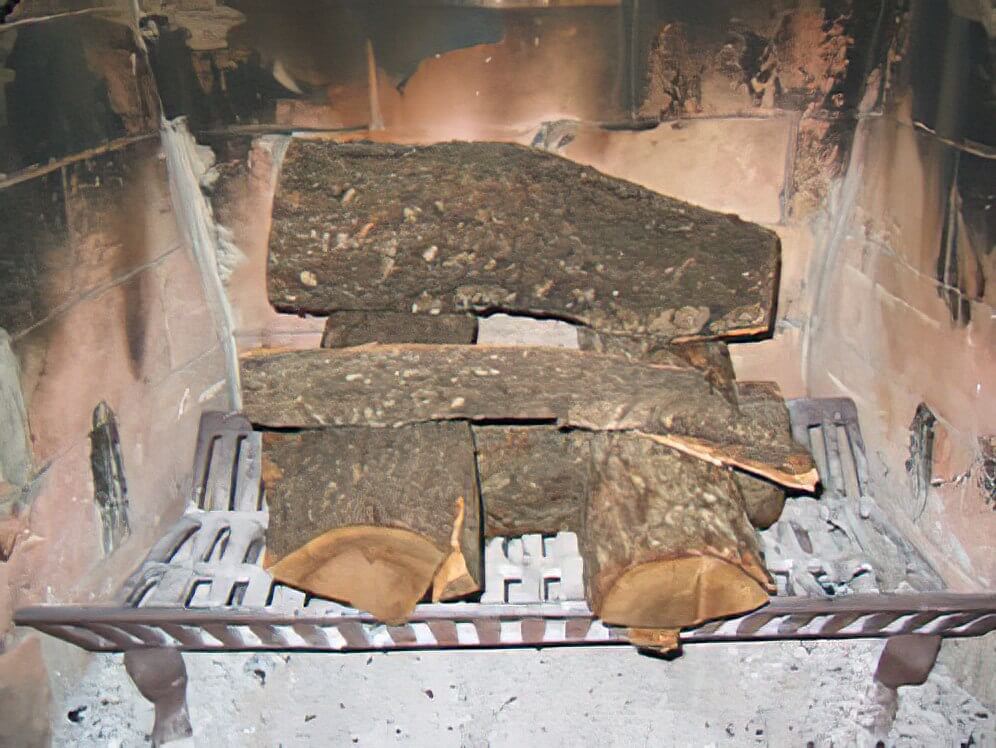Starting a fire can be tricky. Learn how to start a fire right here!
We have several other pages devoted to the best types of firewood, buying firewood, storing firewood, and different fire starter tips. But here is an intro to another often under-appreciated aspect to how to build a fire…no…to build a perfect fire, firewood placement, and stacking!
You probably know by now that your fire needs oxygen. This means that if you stack your firewood too tightly you will snuff out your fire before it even has a chance! You will struggle to get it lit and you will waste kindling. Once you do get it lit, you will have a hard time keeping it going too!
So what’s the problem? If you want to learn how to start a fire, read on!
Many inexperienced firepit and grilling novices don’t pay attention to how they stack their wood in their fire pit or fireplace. Stacking makes the difference between an easy starting fire and one that causes frustration.
How to start a fire – the key concepts:
- Oxygen – Always remember oxygen! Your flue must be open first of all. Secondly, stack your wood loosely (see below). Blow on your fire when needed to stoke the fire. Oxygen is one of the most important things to remember in how to start a fire.
- “Core of heat” – Design your fire-starting structure so that you develop a core of heat in the bottom middle of your wood pile. At the start this will consist of a “pocket” of kindling to start you fire, but as your fire burns you will develop hot, red embers that fall to the bottom. Try to keep these in the bottom, middle of your fire and add additional wood on top and around this core of heat. As the new wood burns, it will fall into the middle, replenishing the embers and maintaining your core of heat!
- Tinder and Kindling at the bottom – Remember that in the stacking schemes the core of heat, initially your tinder and kindling should be in a small “pocket” at the bottom of the firewood and loosely surrounded by wood on all sides. Kindling can be anything from small dried sticks and thin pieces of firewood to bunched up newspaper to a fire starter log or fatwood kindling. All of these will work as long as they are at the bottom and have wood stacked appropriately around them.
- Firewood stacking – Proper stacking is very important in how to start a fire. It can mean the difference between a fast starting fire with minimal kindling and a dud! When starting your fire, whatever you are using for kindling, start with the smallest pieces of seasoned (dry) firewood you can find. The smaller pieces will ignite faster than large pieces of hardwood. Also, choose pieces of wood that are split open, as the heartwood in the middle will ignite easier than the outer sapwood. Build each stack in such a way as to create a “pocket” for your kindling to sit at the bottom, pretty much surrounded by wood on both sides and top. But don’t stack it too tightly! Leave room for air to circulate so that you don’t suffocate your young fire!
- Tepee – The tepee is a classic way to start a fire. This consists of leaning kindling or firewood up against itself in a tepee shaped cone. This creates a small area in the bottom for your core of heat. When you start kindling in the bottom, it will get to the wood around it and as the wood burns and falls into the middle it will create your “core of heat” of hot wood embers.
- Lean-To – If your fireplace or fire pit is too small for a tepee or log cabin approach, use the lean-to. This consists of a piece of firewood laying down with others leaning against it. The space between the leaning logs and the laying log is a nice pocket to start your kindling.
- Pyramid or Log Cabin – If you have room, this is my favorite firewood stacking scheme. The images here show a modified log cabin, somewhere between a lean-to and log cabin. Do whatever fits in your fireplace. Simply lay two pieces of split firewood parallel to each other, some ways apart. Then on top stack a second layer of two pieces parallel to each other but perpendicular to the first layer. You can stack this way as high as your fireplace will allow, but two to three total layers should be adequate. The bottom, center, between the two bottom logs is the spot for your kindling. As the fire burns, the top layers will fall into your “core of heat” replenishing it with hot embers. Simply add wood on top to maintain!
That’s it! Now you know how to start a fire with perfect firewood stacking! Now go practice and report back on how you did!
Hi, I’m Adam and I’m a HUGE fan of Food and Cooking.
Do you enjoy grilling sessions with your family while staring at the beautiful fire pit flames?
Flame Gorilla is the site to learn how to have that perfect backyard experience.


